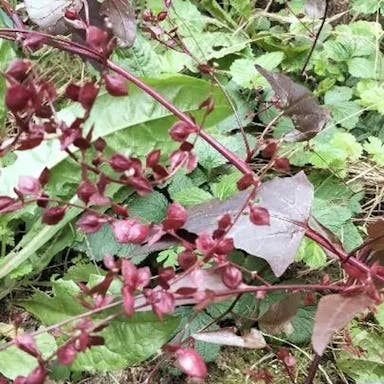Bur ragweed, scientifically known as Ambrosia confertiflora, is a that belongs to the Asteraceae Once, native to There, specifically found in the southwestern and northern Mexico. This is an annual that can grow up to 1 meter The flowers of Ambrosia confertiflora are small and inconspicuous, with a greenish color. They are arranged in dense at the top of the The leaves are deeply lobed and have a rough The produces small that are dry and do not have any significant economic or culinary The Ambrosia confertiflora is considered a and is often found in disturbed areas, such as , , and waste areas. It has a high reproductive and can spread rapidly, making it to control. In terms of its ease of growing, Ambrosia confertiflora is a hardy that can tolerate a wide range of conditions. It prefers full sun and can withstand drought However, it is to note that this can cause allergic in some individuals, as it produces pollen that is highly Overall, Ambrosia confertiflora is a common species with greenish flowers, deeply lobed leaves, and small dry It is native to North America and can be found in various disturbed habitats.
0
0








